Tire Pressure Monitoring System
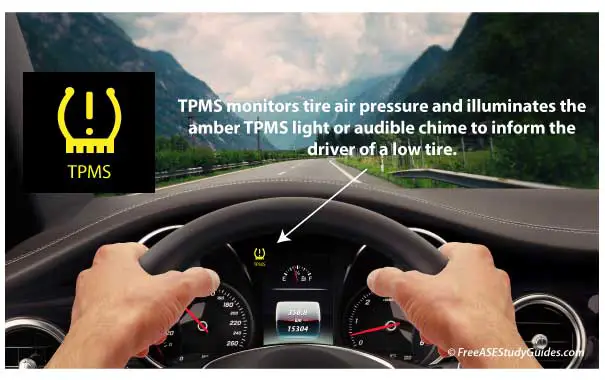
The Tread Act requires vehicles built after 2007 to include a direct TPMS Tire Pressure Monitoring System with a tire pressure monitoring sensor placed inside each wheel assembly. It monitors a vehicle's tire air pressure. It illuminates the amber TPMS light or audible chime to inform the driver if one or more tire has low tire air pressure.
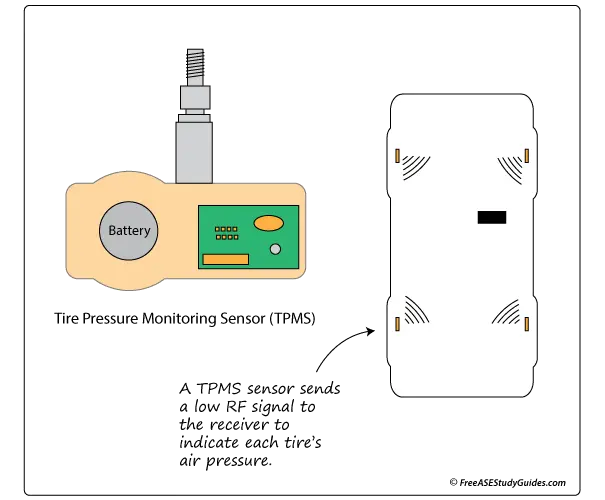
The system includes a receiver inside the BCM or keyless entry system and an amber warning lamp. The sensors send an RF signal to the receiver, including information like sensor IDs and air pressures at regular intervals.
TPMS Sensors
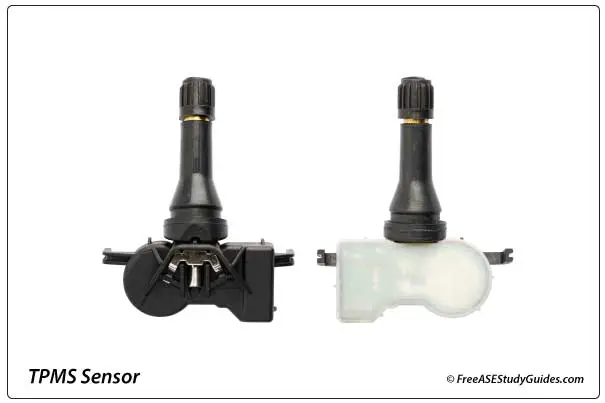
They include a lithium-ion battery lasting up to ten years. As these batteries wear, the signal with the receiver weakens. The control module will illuminate the TPMS light if communication is lost. If the light stays on continuously, inflate all tires to the specifications on the door sticker, including the spare. These are the required values the direct system uses for that model's tire pressures.
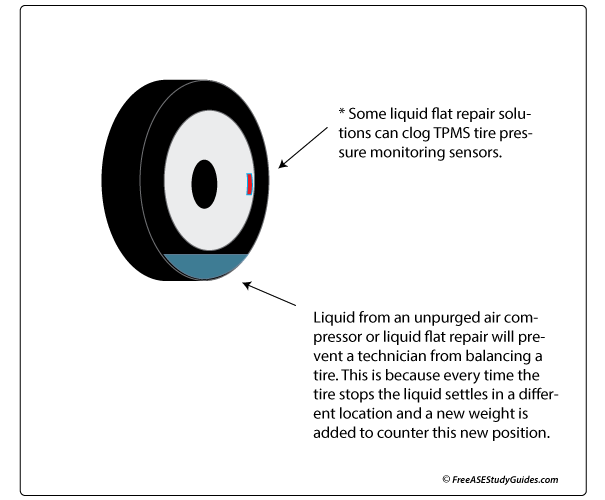
TPMS sensors have a port to sense the tire's air pressure. If it becomes clogged, the sensor will indicate low air pressure to the module, illuminating the TPMS light. Check a suspect tire for debris or an older flat repair product that can clog the sensing hole in the sensor.
Indirect TPMS
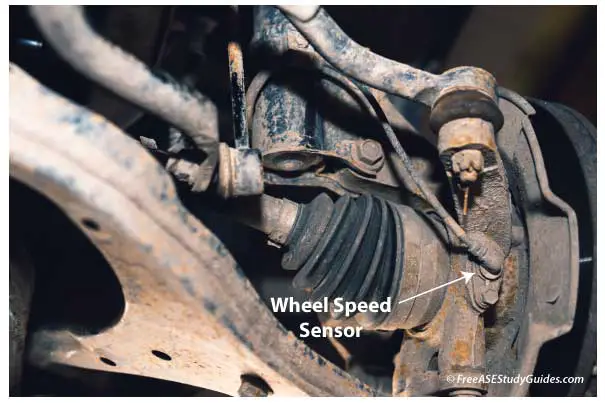
Some older models use an indirect system that uses the vehicle's wheel speed sensors to estimate air pressure. A module monitors the wheel speed sensors for wheel rotational speed. A tire with low air pressure spins faster than one filled. The control module monitors wheel speed and illuminates the warning light if one of the wheels rotates faster than the others.